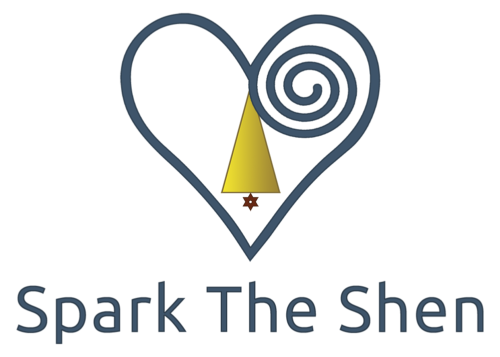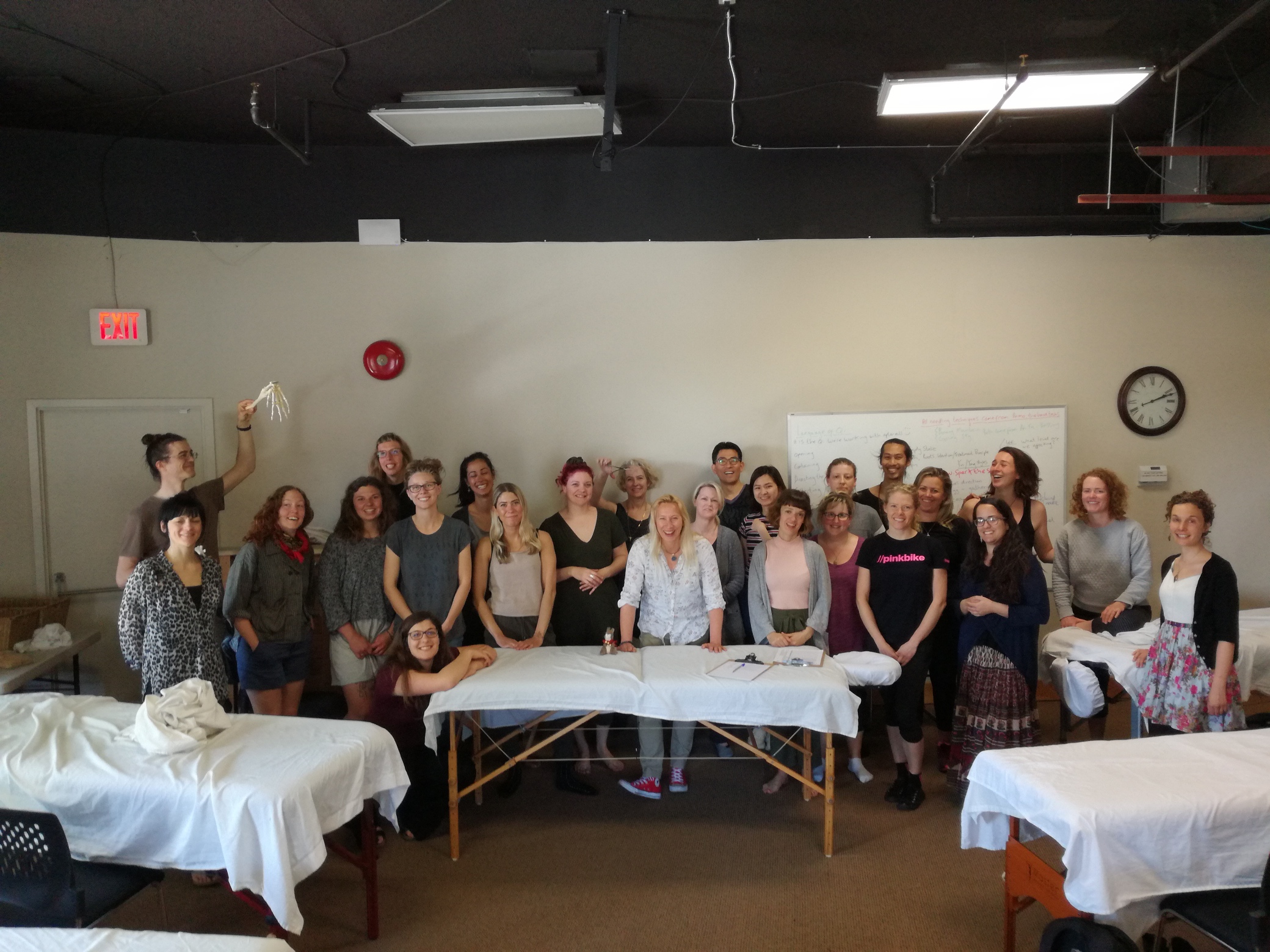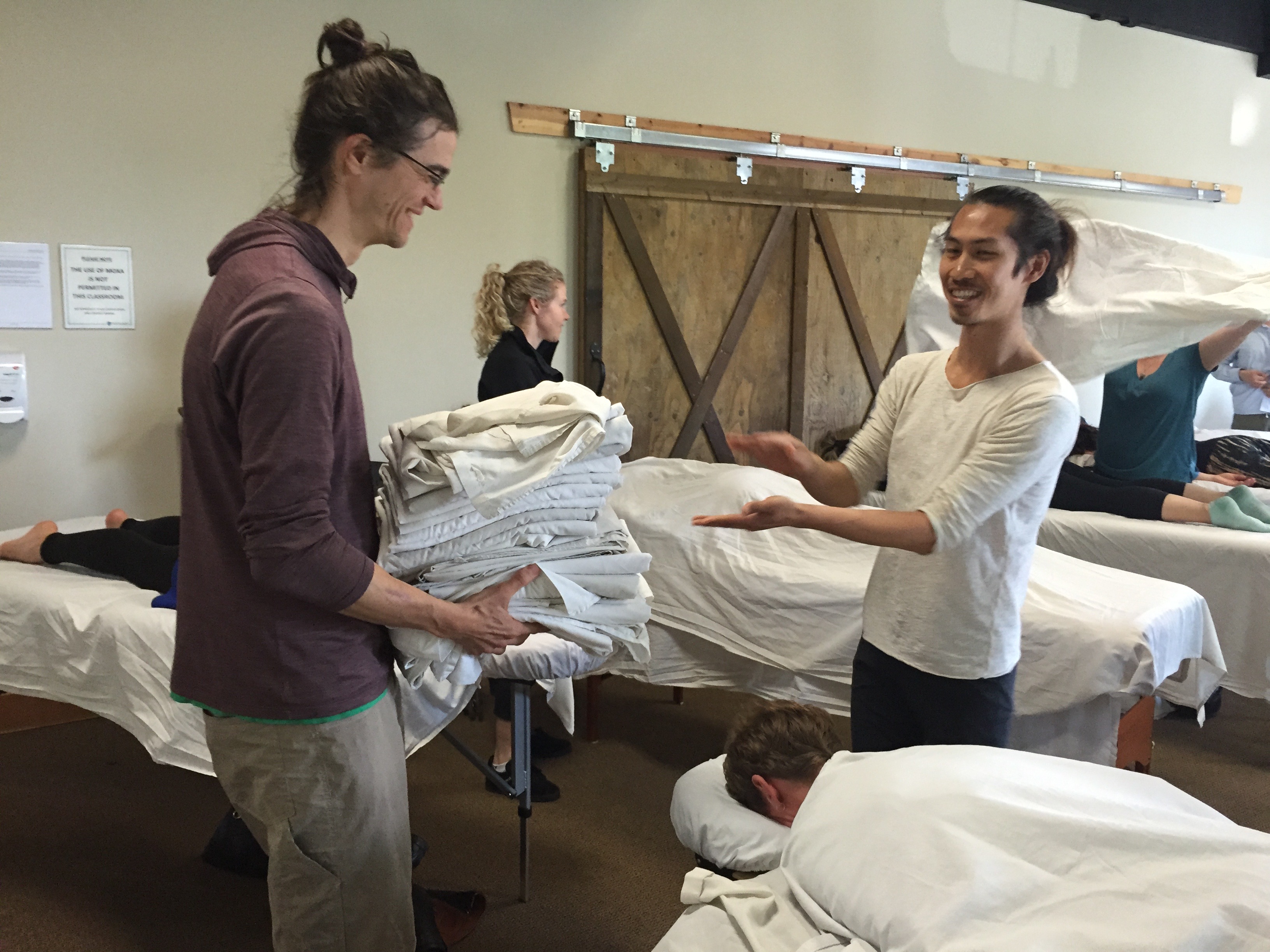Great to be back at Pacific Rim College in our beloved Victoria (more English than England), many thanks to Todd and Rory for having us back. Such a beautiful college, wonderful atmosphere, fabulous location; very grateful for our ongoing relationship with PRC!
We held the ‘Qi Dynamics and Deepening Skills’ workshop last weekend for the first time (after many requests for this to be developed last year) for needling techniques and Tui na skills. And with such a large group of lovely people, some familiar faces, some new. As with students from Edmonton, we noticed a real development in those who’ve worked with us before which was wonderful to see.
So interesting for us to see the different concerns/rules about things in different countries, (and even different states), for example in BC the points are still swabbed before needling.
With cupping a factor we’ve never even thought about was different strengths of alcohol to create the flame…. In the UK, we have only ONE type – surgical spirit. With 99% alcohol in Victoria, we’ve never seen such big flames (or so many huge cups in one place!) Is this representative of the size of the country?! These flames could keep a torch burning for several hours during a campfire celebration as well as taking the oxygen out of a glass cup! From now on we will think of the Victoria students as the ‘Flame throwers of Victoria’!
Gun fa (rolling) as ever proves itself to be tricky and really tests the patience muscles, much harder to correct this technique once it’s learnt than to start afresh, but everyone improved over the time we had whether new to the technique or not.
Gun fa points to keep in mind
- freedom of flight of the albatross wing as the elbow moves back and forth
- generosity of movement
- rolling back as well and rolling out
- hand positioning & connection through the little finger knuckle (aim your LI5 across to the opposite corner of your real/imaginary rice bag)
- Please please try to avoid the wet fish version – over time this will do you in (and you can’t apply it to small areas in a satisfactory manner. I have a thing about this as you may have realised!)
- Please persist, it really is worth it in the long run
By working on one another, remembering how it feels to be on the receiving end of what we do as acupuncturists, then feeding back together in the group, SO much can be learnt.
Thank you so much to everyone in the group for your focus, for engaging with the work, and for all your feedback in the group sharing.
The question arose – ‘what is De Qi?’ It seems the general needling that’s taught in Canada is overtly strong (as is the Tui na we’ve heard about) and consequently De Qi is associated with often a strong, physical, rather jolting sensation. Our question has been, is this the arrival of Qi?
We explored working very subtly on just one point with an emphasis on the motherhand, working with and over the needle, even working with the needle in the energy field. Powerful but mostly gentle and comfortable movement and sensations were felt by all, (apart from those who were in such deep relaxation that they fell asleep)! It’s joyous when you see that light switch on in the practitioner’s consciousness when they feel the effects of sensation through a channel/partner channel/other side of the body/areas of obstruction just by working something for long enough, particularly from this subtle work.
And Yin style Tui na techniques were quite powerful too - Tui fa (pushing), ‘the underestimated technique’ and Mo fa (round rubbing) ‘polish the golden egg’, we can forget how important they are. Once we feel them again in situations like this, they’re so welcome! Tui fa can induce a sense of welcome relief for this subtle directed work. And Mo fa has such an ability to sedate, induce deep relaxation and altered states of consciousness.
How much we could do with these two simple techniques, plus point holding and a little burning mountain!






